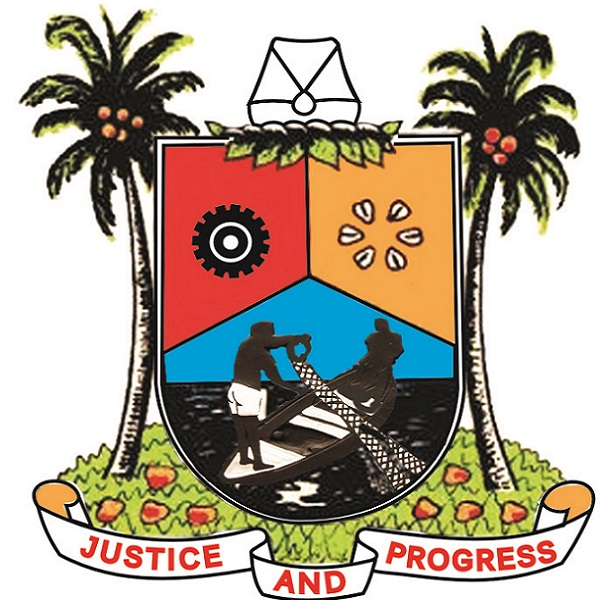The Lagos state coat of arms which is also known as the Lagos state logo is the seal of the Government of Lagos state and also a symbol of authority in the state.
All states in Nigeria have their own logos or coat of arms and in this article, we shall be focusing on the coat of arms of Lagos state and the meanings of each of its components.
Lagos is often regarded as the commercial capital of West Africa and it is also the most populated state in Nigeria despite the fact that it is the smallest state in the country.
This state is also the most economically important state in Nigeria. It is one of the highest contributors to the country’s GDP and it is the most developed state in Nigeria.
Lagos has also served as the capital of Nigeria before it was replaced by Abuja in 1991. It is a state in the southwestern geopolitical zone of Nigeria and it covers a total area of about 3,577 square kilometres.
The Lagos state logo or Coat of Arms was designed shortly after the creation of the state on May 24, 1967, and it was widely accepted by Lagosians and the Nigerian people at large.
The features of the Lagos state Coat of Arms consists of a white cap, Akoko leaves, a wheel, fishing activities, cowries, three lines, coconut palm, and the Lagos state motto which is “Justice and Progress“. These features were believed to be a true representation of the people of Lagos and the state itself.
Without wasting more of your time, let’s take a look at the features of the Lagos state logo and what they truly mean.
Features Of The Lagos State Logo/Coat of Arms & Their Meanings


The logo of Lagos state consists of 8 features and these features will be explained in this section of the article.
1) White Cap (“Keremesi”)
The white cap you can see on the coat of arms of Lagos state represents the white cap worn by the chiefs who are members of the cabinet of the Oba of Lagos.
It also depicts authority which the people of Lagos or Lagosians have over other Nigerians who are not from the state. The white cap is known as Keremesi.
2) Akoko Leaves
These leaves are placed beneath the white cap known as Keremesi and it denotes longevity or long life.
The leaves are mostly used at the installation of Obas and traditional rulers in Lagos State and all over Yoruba land. The Yoruba people use these leaves to pray to their gods for a long life for the new ruler.
3) The Wheel
The wheel you can see on the Coat of arms of Lagos state depicts the activities of industries in the state and as you should have known by now, Lagos is the industrial hub of Nigeria.
The red background at the back of the wheel represents power generation in the state.
4) Fishing Activities
Lagos state is one of the coastal regions of Nigeria and the fishing activities you can see on the logo of the state represents the activity of the earliest settlers in Lagos which is Fishing.
The blue background denotes abundance of ponds, lakes, rivers, streams, seas and other water bodies in the state.
5) Cowries
The cowries on the logo represent the earliest medium of exchange or currency in Lagos State before the introduction of coins and notes.
The yellow background indicates the colour of foreshore sands common to all the divisions of Lagos State.
6) The Three Lines
The three lines that which divides the wheel, cowries and fishing activities on the logo represents the past, present and future of Lagos state and her people.
7) Coconut Trees
The coconut tree symbolizes the rich agricultural history of the state as coconut is the main agricultural product that comes out of the state hence the coconut trees.
8) The Lagos State Motto
The Lagos state motto which is “Justice peace and Progress” is clearly written at the bottom of the logo. The motto encapsulates the beliefs or ideals of the state and her people.